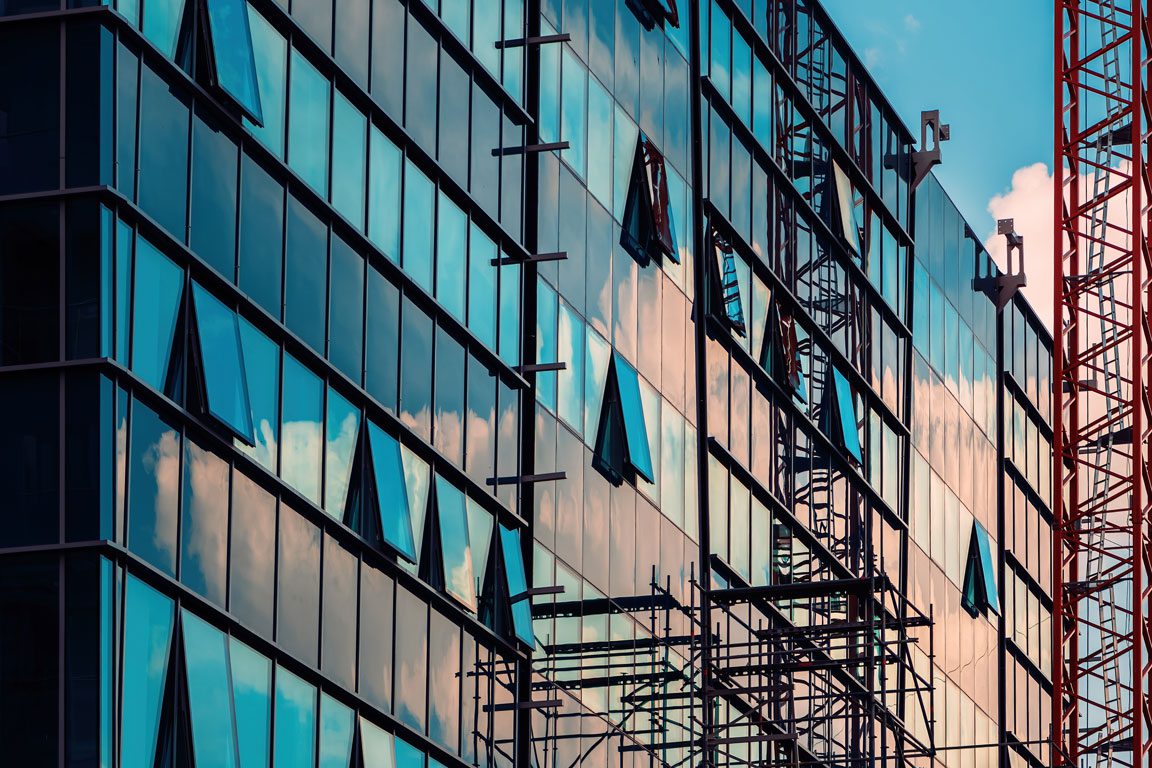Building envelope technology has exponentially evolved over the last couple of decades. This post provides some basic information about building envelopes, along with how architectural cladding and glazing can impact them.
Defining the Building Envelope
The building envelope, which includes the walls, windows, roof, and foundation, forms the primary thermal barrier between the interior and exterior environments. With envelope technologies accounting for approximately 30% of the primary energy consumed in residential and commercial buildings, it plays a key role in determining levels of comfort, natural lighting, ventilation, and how much energy is required to heat and cool a building.

How Does Architectural Cladding and Glazing Impact Building Envelopes?
Performance
Insulation
Architectural cladding and glazing contribute to the thermal performance of building envelopes by providing insulation against heat loss or gain.
Weather Resistance
They protect buildings from harsh weather conditions such as rain, wind, snow, and UV radiation, preventing damage to the structure and interior spaces.
Ventilation
Cladding and glazing systems can be designed to facilitate natural ventilation, improving indoor air quality and comfort.

Structural Integrity
They provide structural support and stability to the building envelope, ensuring its strength and durability over time.
Energy Efficiency
Properly designed cladding and glazing systems can improve building energy efficiency by reducing heat transfer and optimizing thermal performance.
Acoustic Control
They can help control noise transmission into and out of buildings, creating quieter and more comfortable indoor environments.
Related Post: Outdoor-Indoor Transmission Class (OITC) Ratings
Sustainability
Sustainable cladding and glazing materials and systems can contribute to green building initiatives by reducing energy consumption, minimizing environmental impact, and enhancing occupant comfort and well-being.
Design
Aesthetic Appeal
Cladding and glazing enhance the visual appearance of building envelopes, contributing to the structure’s overall architectural design and aesthetic appeal.
Natural Light
Glazing allows natural light to enter the building, reducing the need for artificial lighting and creating a more comfortable and inviting interior environment.
Related Posts: Design With Impact – Safety-Rated Exterior Façades

